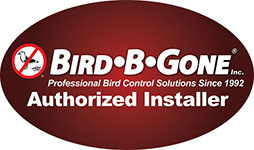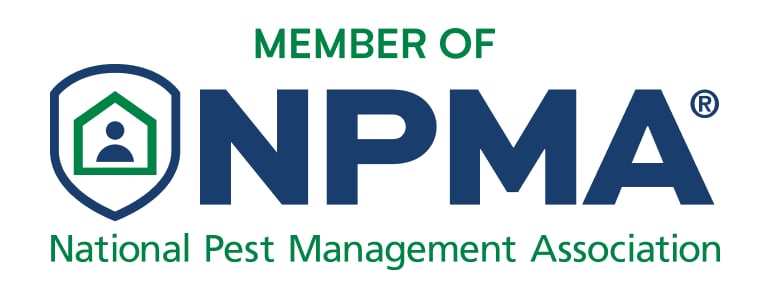Rooftop Soffit Intersection
The Rooftop Soffit Intersection is any region on your rooftop where the soffit sits under a section of the rooftop. These segments are typically found where the attic and rooftop meet.
These are the ideal entry points for raccoons in the attic. It is not difficult for Raccoons create or widen openings at the RSI.
Rooftop Vents
Rooftop vents are vital to regulate air pressure in your attic. They are an essential feature on every rooftop, but they are basically an open door into your attic.
While on your roof, raccoons can feel the venting air coming from inside the attic. It doesn’t take much exploration to find a convenient, temperature controlled, and secluded space for a child bearing raccoon to hide.
Plastic and aluminum vent covers also do very little to keep out a motivated critter.
Rooftop Edges
The edge of your rooftop, where the gutter meets the house, is an incredibly weak region for raccoon infestations.
Weather conditions severely weaken the wood. Think of all the rain and melted snow that passes at this juncture, the consistent freezing, defrosting, and high levels of moisture cause a lot of decay at the edge of the rooftop.
Raccoons can tear away at the decaying wood like wrapping paper until they have a hole wide enough to climb inside.
Chimneys
Chimneys are the ideal spot for a mother raccoon to nurture her young kits. It emulates hollowed out tree cavities that she might find out in nature.
They make convenient holes to hide young until they are old enough to venture out into nature themselves.
Plumbing vent stack
The round and hollow vents on your rooftop associate with your pipes framework and are utilized to regulate air pressure in plumbing lines.
When adding a vent stack, an opening is cut through the rooftop to broaden the line outside. To make it easier to run the pipes, the rooftop’s opening is typically cut much bigger than the line.
This open space is then usually secured with elastic flashing. Raccoons will frequently pull and tear at that rubber flashing to and squeeze themselves into the attic through the hole they made. Damage around this area is a sure sign of a raccoon infestation.










